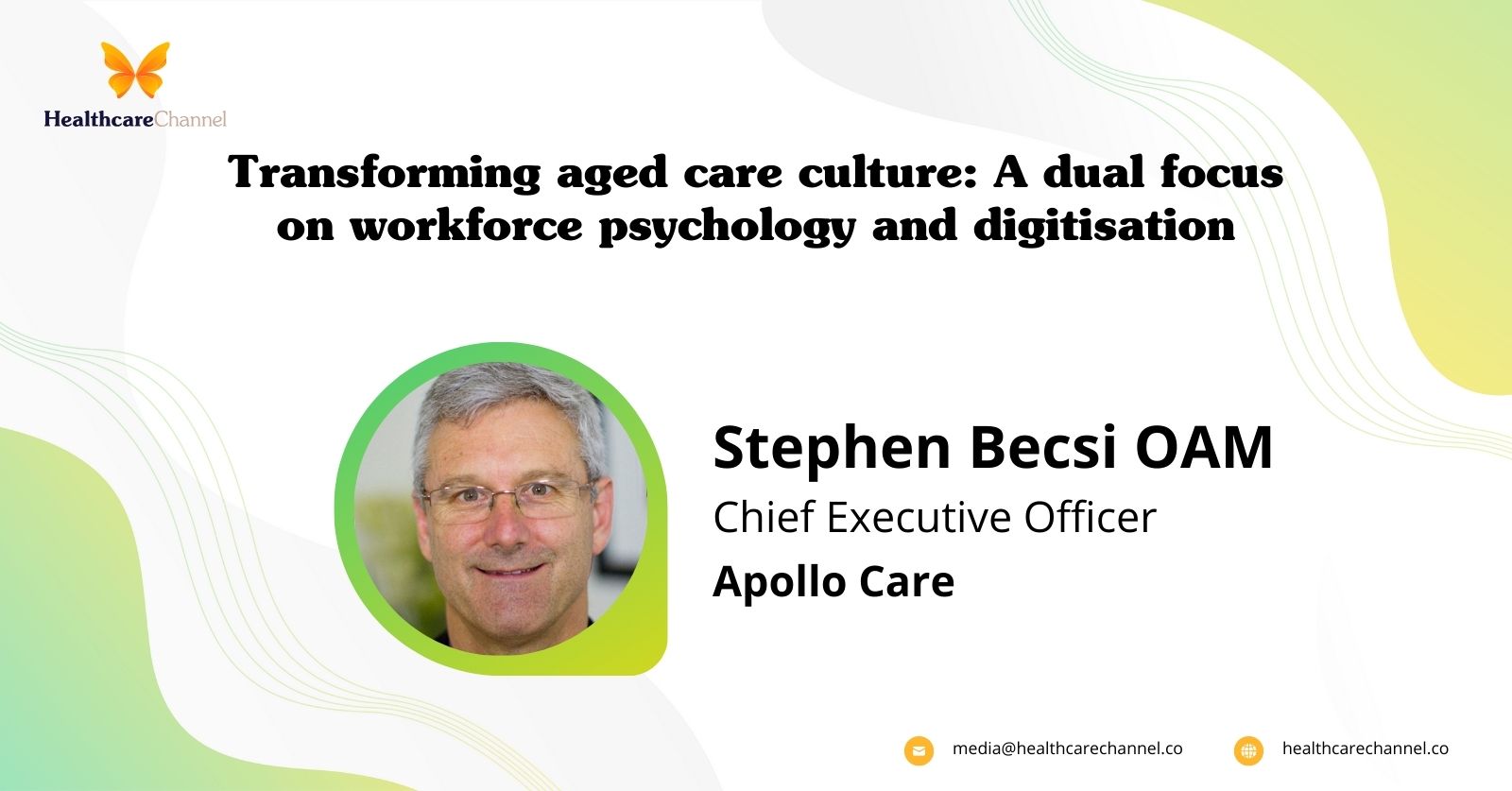The aged care sector is undergoing significant changes due to regulatory reform, market shifts and competition for the labour and capital required to sustain it.
Fitting within the broader health sector, aged care experiences significant tailwinds from an ageing Australia, and while demand for aged care services is increasing, the sector is competing against more lucrative industries for labour and capital.
A capital model for the future
For the aged care sector to thrive into the future, significant capital and access to labour is required. With -6.09 per cent negative growth compared to other industries listed on the ASX, the sector is neither retaining capital nor attracting it.
The current investment model consists of 33 per cent for-profit providers, while 56 per cent are not-for-profit providers with no access to traditional capital sources, and government funded providers equate to only 11 per cent. Amongst other pressures, the uncertainty over the replacement of the Refundable Accommodation Deposits model is likely stifling investment in facilities, services and innovation. For the sector to sufficiently attract a viable workforce more funding needs to be made available, and private sector needs to invest.
Regulation inhibiting the sector
Regulation in the sector has changed immensely since 2021. We’ve had reports, plans, two federal budgets, a change in government – and with this, three pieces of legislation implementing various recommendations from the Royal Commission –alongside the implications of COVID-19 and a dwindling aged care workforce.
However in July this year, the Federal Government implemented requirements for a Registered Nurse to be rostered on 24/7, and more recently, increased the number of daily direct care minutes from 200 by October 2023 (rising to 215 by October 2024), placing further demand on an already limited workforce and inhibiting some workers desire to work in aged care. We’re seeing providers either operating at 50 per cent capacity or shutting down completely due to staffing shortages, particularly in rural and regional areas where access to aged care workers is even scarcer – at a time when we need to be building more to accommodate an ageing generation. Nearly 50 facilities have closed since September 2022.
Aged care workforce supply and demand is an international issue. Globally, many OECD countries are experiencing the same, if not a similar issue – so Australia needs to review regulation to ensure our aged care sector is competitive with other OECD countries attracting workers ahead of us, while also balancing the ethics of competing for workers from countries that are experiencing the same or worse conditions.
However, capital returns for aged care facilities are so low that there is little appetite for investment. Constant regulatory, policy, and legislative reform, and underfunding of the capital model has created ongoing uncertainty for investors and lenders, and ultimately consumers.
Staff shortage leads to closures
Staff shortages in the aged care sector are reaching mammoth proportions, leading to one in ten beds in aged care facilities laying empty as providers are unable to find people to fill care positions. In addition to regulatory issues, the sector faces a competitive labour market, making it unattractive for workers already feeling the pressure from the cost-of-living crisis.
According to data from the Department of Health and Aged Care, job vacancies in the sector remain the highest of any industry, while also facing a future shortfall of 16,000 nurses and 25,000 allied health workers by 2033 according to research by academics from the University of Melbourne, University of the Sunshine Coast and Monash University. Our own research published at the 2022 ACCPA Conference indicated the shortage was much higher.
Aged care workers also find it difficult to remain in the sector with conditions such as low pay, high rates of part-time work, high rates of sickness and accidents, as well as insufficient autonomy and support for workers. In metro areas, high rents are prohibiting workers from living near their workplace, putting strain on an already fatigued sector. Providers are investing by building accommodation and converting existing accommodation for their workers, but the rental crisis and lack of access to affordable properties close to employment opportunities needs to be addressed.
There have been calls within the sector to recruit overseas workers with a special skilled worker visa while net overseas migration is rising. In an increasingly complex regulatory environment, it seems unfair to expect people with English as a second language to interpret increasingly complex laws and regulations. This is not fair to people we’re trying to employ.
While the pandemic led to a number of changes and challenges within the sector, countries have adopted a series of international talent attraction and recruitment strategies, but Australia needs to go beyond this and address the structural challenges of the sector if we’re to remain competitive and address the future issues facing our ageing population.
Darrell has 30 years’ experience in professional services, the commercial, not for profit and public sector in Australia. He has a strong track record in developing trusted relationships, leading strategic development, change, transformation, business optimisation and commercialisation in both external and client-side roles.
Through effective engagement and focused facilitation processes, Darrell has led change and transformation in the Queensland Government, commercialisation and streamlining of services in aged and community care, outsourcing hospital services to the community sector, all of which required cultural and systemic change.



























